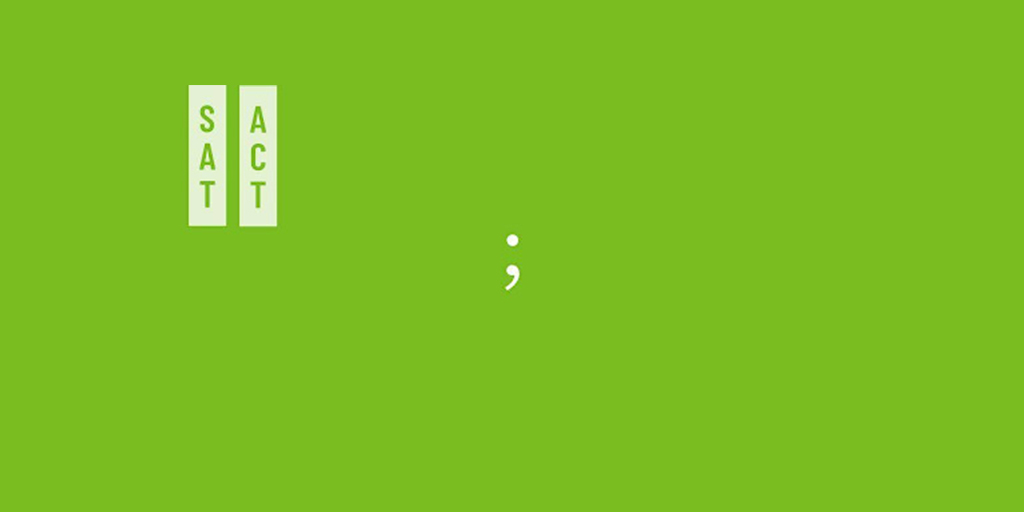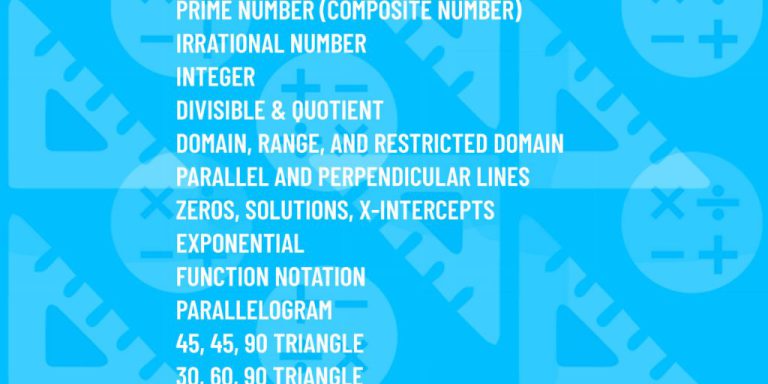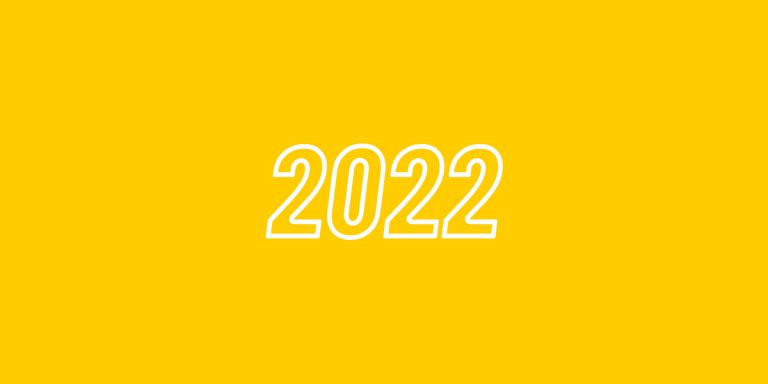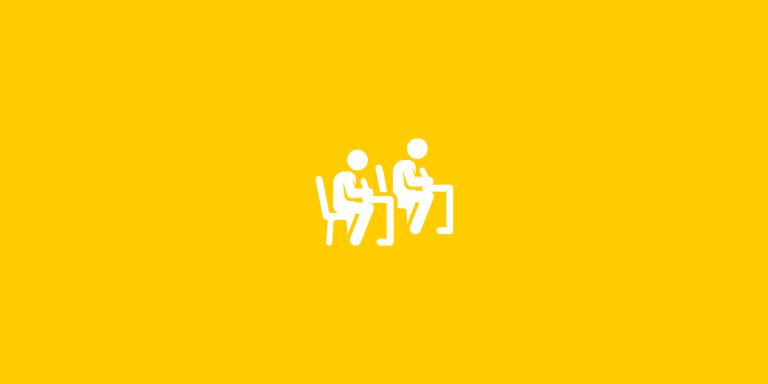Today we are going to talk about two commonly misunderstood concepts: commas and semicolons. We are going to focus on the main rules that you need to know in order to do well on the SAT, as well as improve the technical aspects of your everyday writing.
Watch the video below for the full breakdown of how to use commas and semicolons, or read this post for the highlights! (And you may want to bookmark this page to reference while you study.)
How to Use A Semicolon (;)
Let’s start with the semicolon. You only use a semicolon between two complete sentences.

Let’s take a look at a sample sentence:
So that is an independent clause which means it is a complete sentence. This means that we could get rid of the period and put a semicolon at the end, as long as what we put next is another independent clause or something that could also stand alone as a sentence. Something like:

Ok, so is that it? Is a semicolon that simple? Yes! It must come between two independent clauses, or clauses that can stand on their own as sentences.
How to Use A Comma
Now, let’s talk about commas. There are a few different comma rules we’ll review.
First comma rule: A comma must follow a transition word.
The transition word could be at the beginning of the sentence, for example:

Or you would use two commas if the transition word is in the middle:

Second comma rule: A comma is used before for, and, nor, but, or, yet, so when separating two independent clauses.
Some people remember this list of conjunctions with the mnemonic device FANBOYS. The first letter of each conjunction spells “FANBOYS.”

Third comma rule: A comma is NOT used before and, but, or when you have only ONE subject and TWO verbs.

Fourth comma rule: When you start a sentence with a dependent clause you must have a comma before the independent clause.

Fifth comma rule: A comma is used before and after a nonessential or parenthetical clause. This type of clause can be completely removed while the sentence still makes sense and is grammatically correct.

With these rules under your belt, you can own this comma and semicolon stuff!
Quick Review:
- You can use a semicolon ONLY between two complete sentences.
- When deciding when to use a comma ask yourself:
- Is it an independent clause or a dependent clause?
- Do you have two independent clauses or just two verbs?
- Does this clause even need to be here?
For more English/Writing and Language practice, check out our free PDF Grammar Guide. It covers the keys to crafting clear, correct sentences.
Alright, happy practicing!













